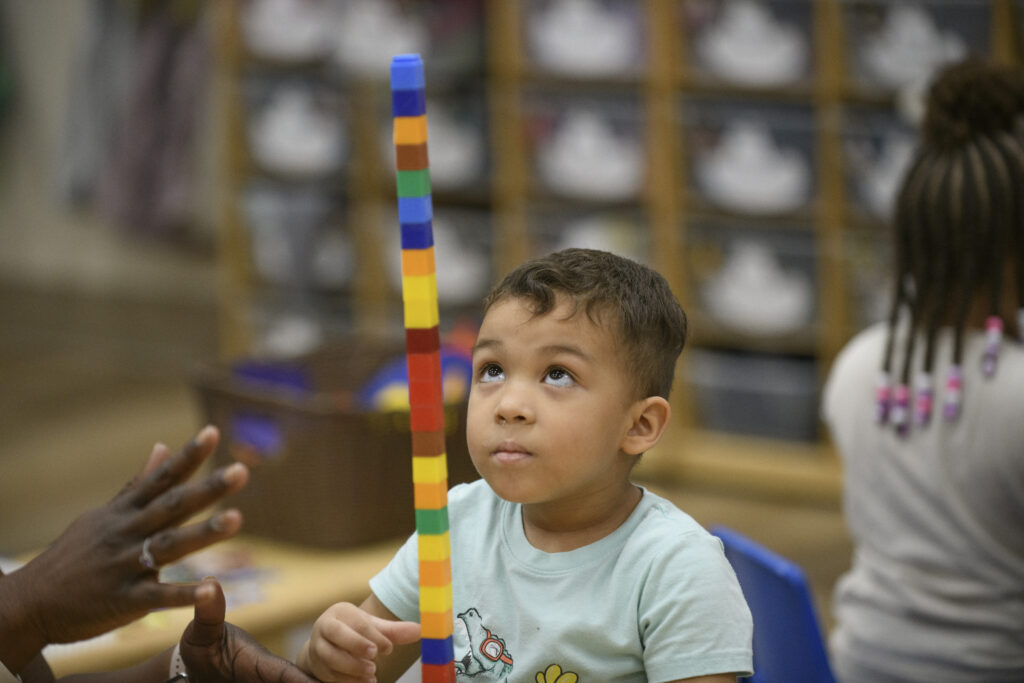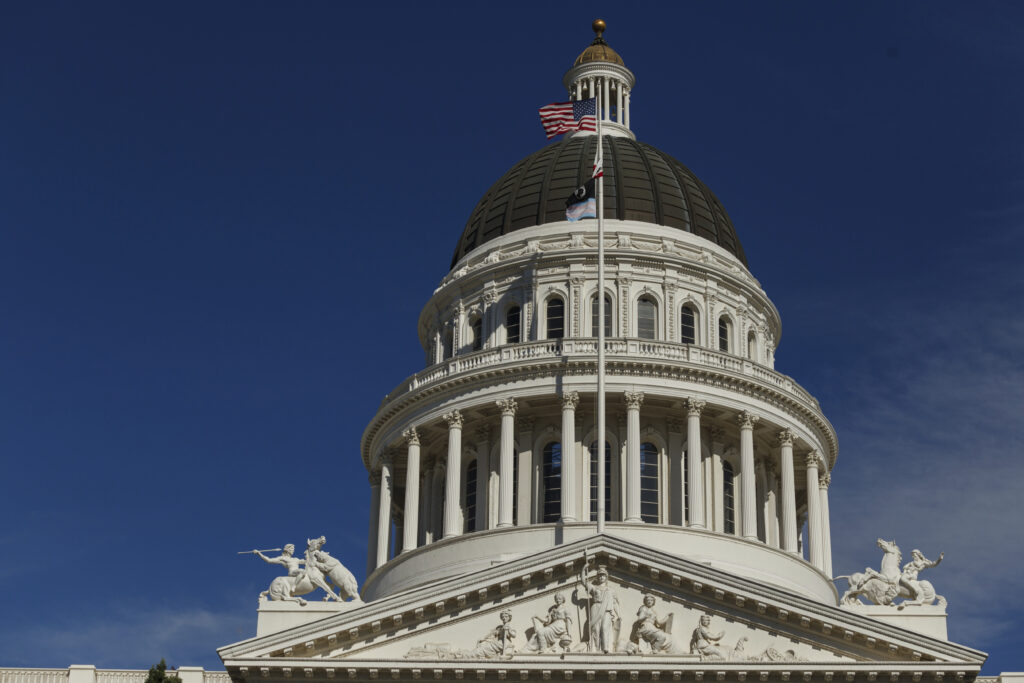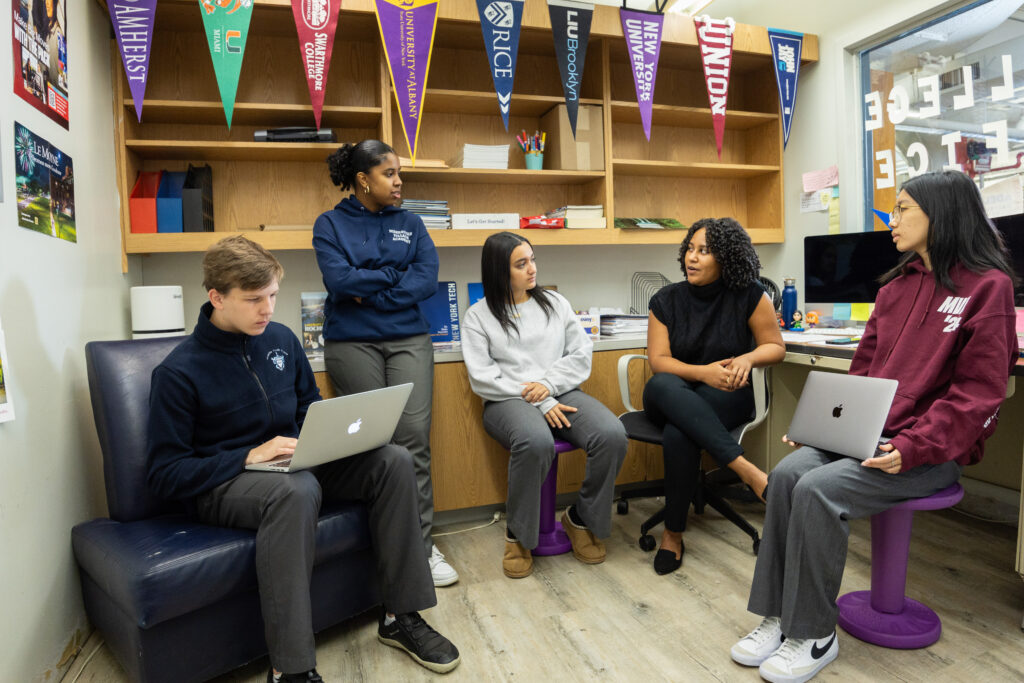When Trump named Ed Martin as Acting U.S. Attorney for the District of Columbia, those who know his record (and are not faithful Trumpers) were appalled. He had actively defended the January 6 insurrection and had a long record as a Putin apologist, among other things. A strange choice for a very important role in law enforcement. Fortunately, the Republicans who are a majority on the Senate Judiciary Committee rejected his nomination.
Timothy Snyder writes here about the role Ed Martin has played as a mouthpiece for Putin. Another reason not to normalize the Trump regime. Snyder is perhaps the leading scholar of European history, authoritarianism and tyranny. He recently announced that he was leaving Yale University for the University of Toronto.
Snyder writes:
Ed Martin is a major actor in Trump’s attempted regime change to authoritarianism. His particular role is to transform the law into a tool to intimidate Americans. After a stint as interim US Attorney for DC which was marked by unprecedented weaponization of the position, Martin will now continue his work for Trump as the official “weaponization czar.”
This is a new position within the Justice Department, designed by the Trump administration, to punish people who have committed no crimes. Martin was originally placed on the “weaponization working group” seemingly ex officio when he was a US Attorney; he will now continue as its chairman. On Martin’s account, his assignment will be to publicly single out Americans who have not been found guilty of anything, or for that matter even indicted. He says there will be “no limit to the targets.”
Martin’s authoritarian past and loyalties are a matter of public record. He helped build an alternative reality around Trump’s Big Lie and coup attempt, treating the January 6th criminals as heroes deserving of financial support and pardons. As interim US attorney, he described himself as President Trump’s lawyer, and abused his position to send letters to people who displeased the president in some way. He threatened journalists, universities and scientists.
Martin, to use the historical term, is taking an ostentatious part in the ongoing attempt at what the Nazis called a Gleichschaltung of institutions: of dropping the distinction between the law and the leader, and of attempting to force everyone in public life into line with the leader’s latest statements. The reference is not accidental. Martin is on the far right, and an advocate of great replacement theory: the spurious idea that a conspiracy seeks to replace white Americans with immigrants. He had a very supportive relationshipwith a known American Nazi.
The czars, lest we forget, were Russian autocrats. The title “weaponization czar” reminds us that much of happening in the United States under Trump happened first in the home of the czars. In the Russian Federation today, the law is weaponized. Prosecutions follow the whims of Putin and his regime, and that the law will be invoked against them according to the political (and financial) interests of those who hold power. Russian media is full of accusations made by Russian officials that people are criminals or wrongdoers, even before they have been tried or subjected to any judicial procedure.
It is important that we understand that Russian-style authoritarianism is a real possibility in the world, one which Martin not only advocates but represents. Russia is not a comparison for Martin. It is a central part of his career. He has no actual qualifications to serve in the Department of Justice. His role has to do instead with making the law something that it is not supposed to be: a way to protect the powerful and punish the innocent who offend them. He auditioned for this role as a propagandist for Russia’s regime.
The title “weaponization czar” is appropriate because Martin’s most interesting achievements thus far are, in fact, in the service of Russia. He has done more visible work for the Russian state television than for any other institution. Martin, in other words, has already been part of one weaponized legal system for some time. His American career as “weaponization czar” is a natural second step of his Russian career as apologist for both Russian and American weaponizers and authoritarians.
Between 2016 and 2024, Martin was a star of both RT and Sputnik, which are propaganda arms of the Russian state. Putin himself has made this completely clear. One of the central missions of RT and Sputnik is to weaken the standing and power of the United States. Anyone who goes on RT or Sputnik, as Martin did more than a hundred times, knows what he is doing. For eight years, on any issue of the day, Martin was there to spread mendacious propaganda about Americans and to defend Putin and Trump. His Russian work surpassed any media exposure in the United States.
Julia Davis, who does the important work of contextualizing Russian propaganda television available for a global viewership, has made Martin’s appearances visible. With her permission, I am sharing her work in the following paragraph. It provides samples, with video links back to his appearances, of how Ed Martin spreads untruth in the service of Russian and American authoritarians. If you want to take the time to judge more of his appearances than the ones I cite below, here (again thanks to Julia Davis) is a longer compilationof Martin’s appearances on Russian propaganda television.
Trump as American president can do, says Martin on Russian propaganda television, whatever he wants. Martin proposes that we should live in the alternative reality provided by the Russian propaganda he serves, since American media cannot be trusted. He instructs us that American elections are rigged and that the January 6th criminals are political prisoners. (Note that Martin was thereby on Russian propaganda television forecasting his own role in seeking pardons for these people and raising money for them.) Martin denied that Russia interfered in the 2016 US elections, although this was quite blatant — and indeed continuous, right down to the uncontested reports that Russians called in bomb scares to predominantly Democratic precincts in 2024. Martin also quite clear on the American role in the world, which is that the US should serve Putin and his wars. Echoing Russian claims at the time, Martin claimed that US intelligence was wrong about the coming full-scale US invasion of Ukraine, when is in fact it was entirely correct. In his view, the NATOalliance is unnecessary. The United States should be Russia’s ally.
There was a time, not so very long ago, when long service to hostile foreign propaganda networks would have been disqualifying for positions in the federal government. Now, as the head of RT boasts, it seems to be a qualification. Since Trump wants loyalists to him rather than to the United States, willingness to serve foreign countries, at least corrupt dictatorships, would be a useful filter. Repeating Russian propaganda tropes could hardly be offensive to Trump; he does this all the time. Taking part in Putin’s propaganda system would be naturally understood as the right kind of apprenticeship for work on Trump’s own regime change. We know that Trump chooses his people by treating their television appearances as auditions. So why not Russian television appearances? All the better.
No surprisingly, Martin says that his key assignment as weaponization czar will be to punish those who investigated Trump’s very real connections to Russia. This country has paid a huge price for not recognizing Russia’s intervention in the 2016 election for what it was: highly consequential and quite possibly decisive in the moment, and a sign of the coming age of oligarchical cooperation via digital tools to build right-wing regimes. That age is now upon us. There is, unmistakably, something very strange about the Trump’s submissiveness to Russia: appointing its media darlings (the list includes Tulsi Gabbard, who is of all things director of national intelligence); exempting it from tariffs when everyone else was targeted, refusing to pressure Putin to end a war when that is the obvious policy, sending as his envoy to Moscow a man who simply repeats Russian claims and uses Russian translations. Too many of us have allowed ourselves to be intimidated by the fear that Trump will use the word “hoax” when we point to the Russian elements of our present reality: such as, for example, that our “weaponization czar” apprenticed in the role in the service of Russia. With our weaponization of the law and our czars, we have a Russia problem.
Working with Russian institutions will not hurt Martin with Trump’s followers, who have been trained to see Russia not as an actual country with interests but as part of a “hoax,” a conspiracy against Trump. This is the sad convenience of “America First”: it really means “America Only”: no matter how things get, we get to be first, since no other countries exist in our minds. If other countries are meaningless, then MAGA people can rest assured that there is nothing like the complicity of international oligarchs, or the guild of international fascists, or the plans of countries like Russia to destroy the United States from within. If other countries do not matter, then it never seems right to ask: just why is it that Russian propaganda and Trumpian rhetoric so often overlap, to the point that training on one is preparation for mouthing the other? But there are, of course, Republicans who have a notion of the interests of the United States, and of the rule of law. For them, Martin’s services to Russia should matter.
The Russia connection is perhaps most important to opponents of Trump. Speaking of Martin’s connections to Russia is not a way of sloughing off responsibility to another country for our own failings. It is, instead, a way to take responsibility. So long as we see Trump and his loyalists as purely American characters, our American exceptionalism tempts us to normalize what they do. We ask ourselves, over and over again, if this is “really” an attempt to end democracy. But if we take seriously the connections of someone like Martin with a hostile foreign authoritarian power engaged in a genocidal war, we get a sense of where things could be headed. Russia is a real country and, for us, a real possibility. When we recognize that the attempt to make America authoritarian is part of a tawdry global trend, with general patterns that we can recognize, we can better see where we are, and get to work.

















